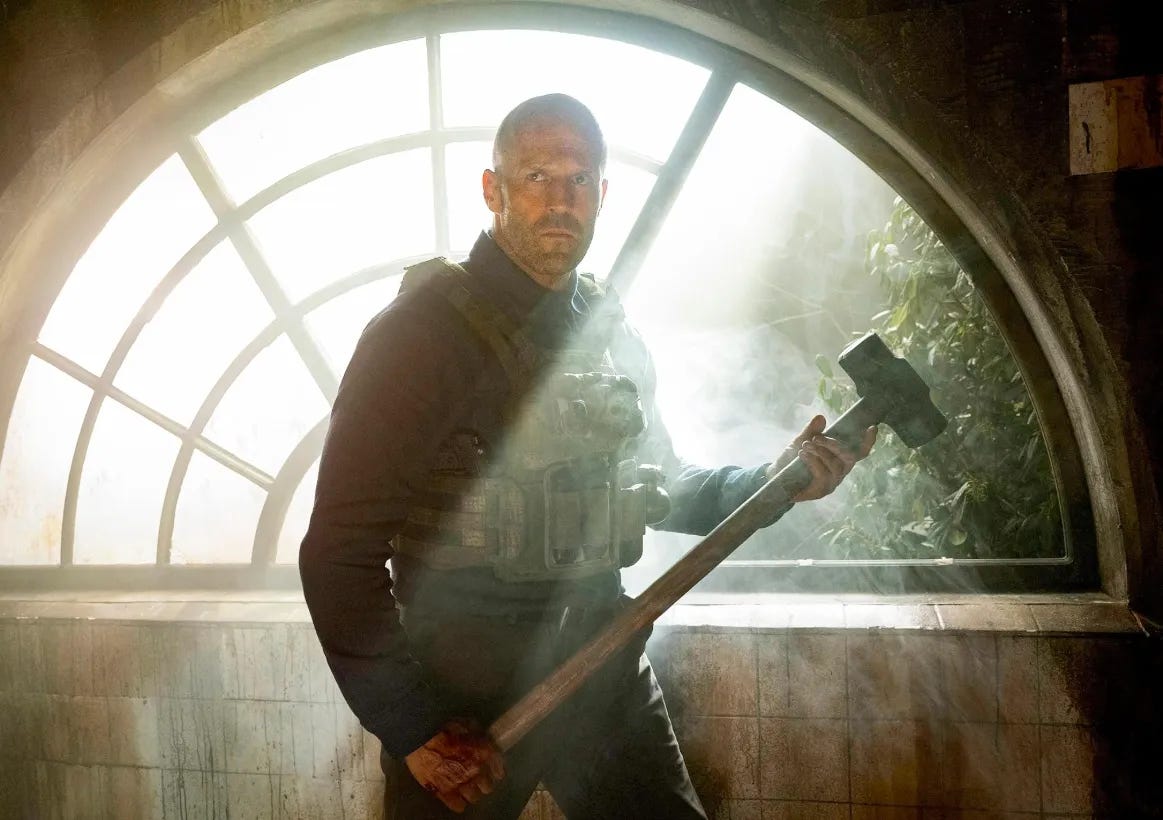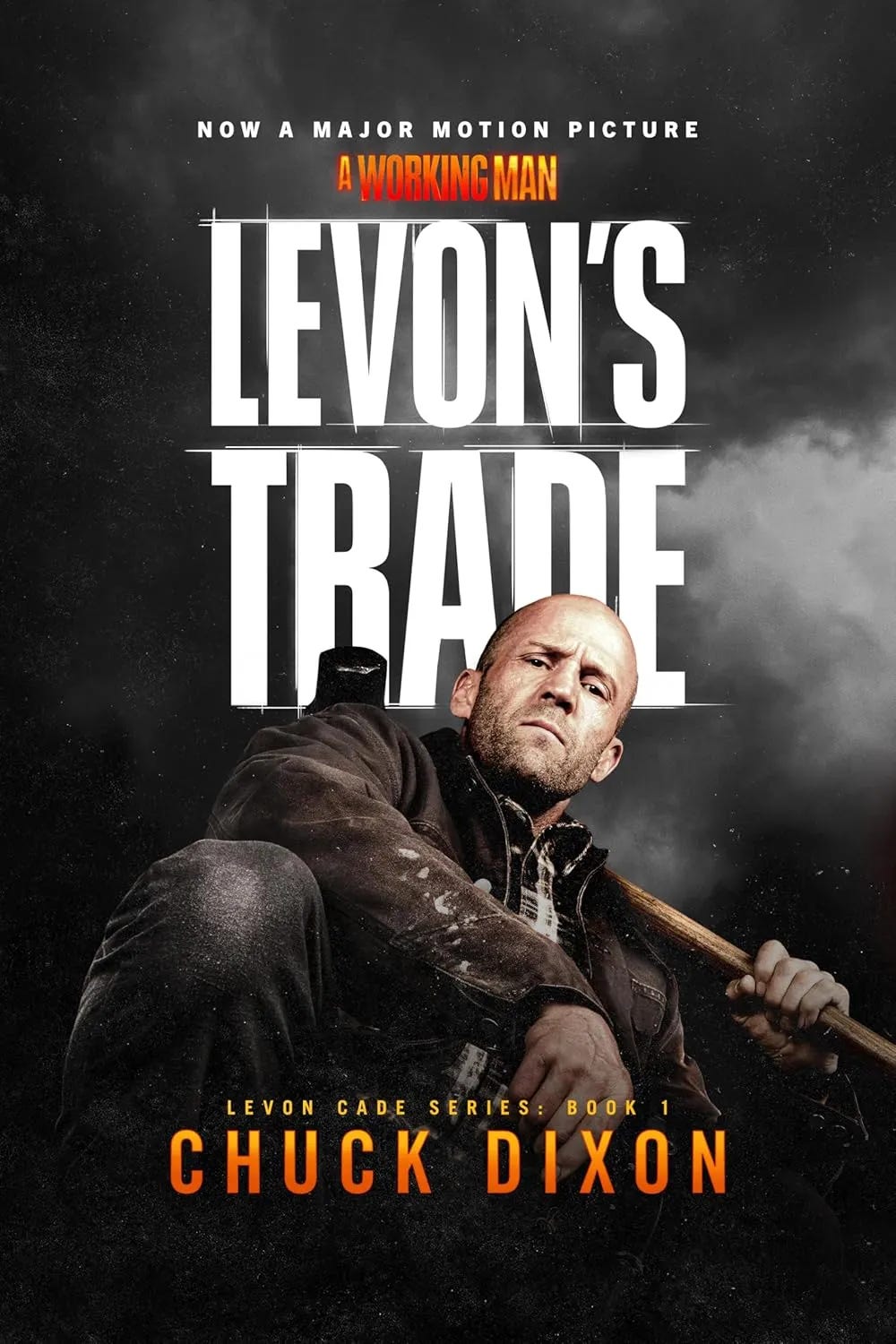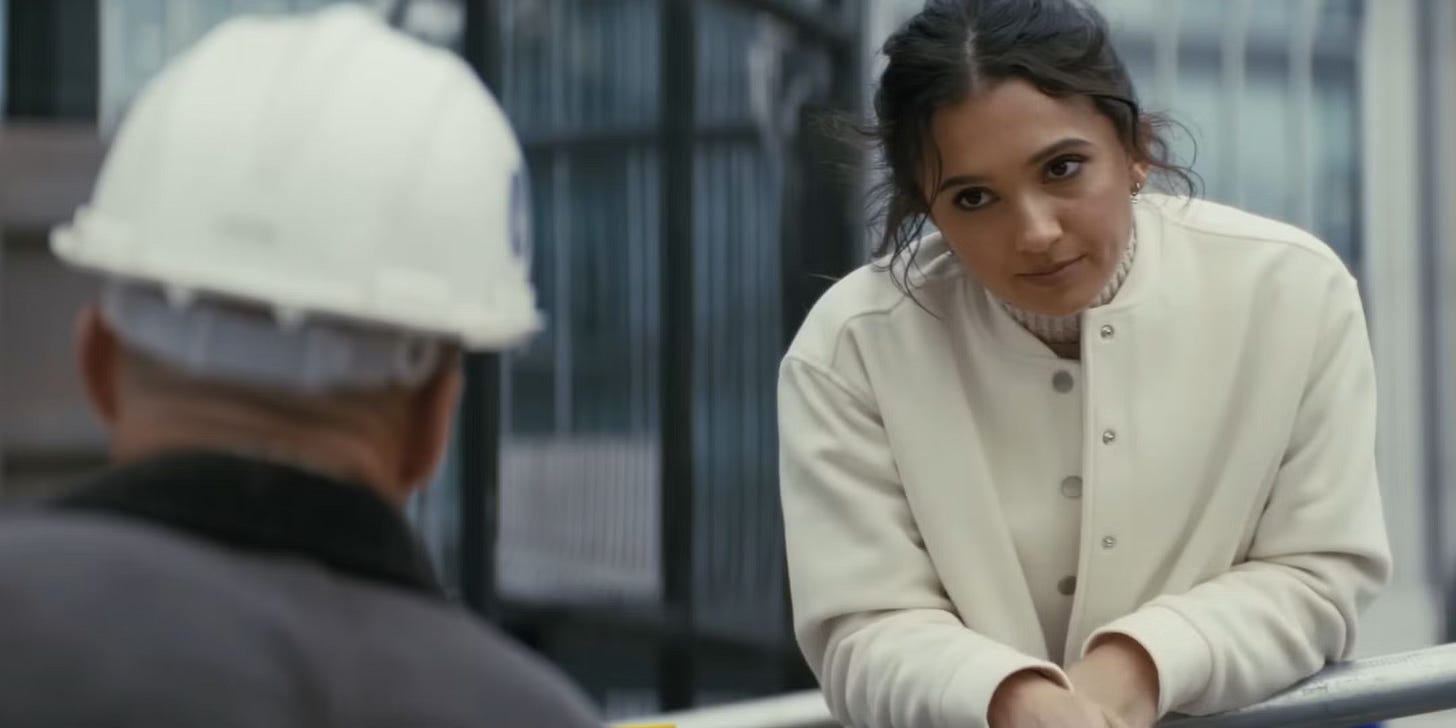David Ayer Made Massive Changes To Chuck Dixon's Original Novel For A Working Man, And He Really Shouldn't Have
Jason Statham’s A Working Man crushed at the box office this weekend, defeating Snow White for the top spot, but David Ayer made a lot of changes to the novel it was based upon, Levon’s Trade by Chuck Dixon, and the story is stronger without the changes.
When films get adapted from novels, directors and producers have choices to make—stay true to the book or make sweeping changes to try to make it “film-ready.” In the case of A Working Man, David Ayer made a lot of changes to Chuck Dixon’s novel Levon’s Trade. On a comparison of the differences in the story, the novel is much stronger for a lot of reasons.
There will be spoilers for both the novel and the movie ahead. My full review of the movie is here, which is good, but it could have been great if they’d left Chuck Dixon’s novel alone.
The Tone
On a global level, the writing tone of Chuck Dixon’s Levon’s Trade is very serious. It’s a grim, gritty book that’s tightly focused and gives a feel like one would get from reading The Punisher comics, a dark experience. While the theme of human trafficking is always going to be dark to some degree, Ayer decided to “lighten up” the tone in a few ways by making a lot of the villains like caricatures (the Russian boys wearing ridiculous couture outfits or the slave buyer being reminiscent of The Penguin, for example) rather than have them be a dirty, gritty mob. It gave a cartoony feel to the movie at points, and a lot of the attempts at humor fell flat because it didn’t feel right in such a dark story idea.
On top of this, Levon Cade is much more a hide-in-the-shadows and tactically take-people-down character in the book, which was changed for Jason Statham to do his beat-em-up stunts that bordered on ridiculous at a couple of points in the film. In a real situation, Cade would want to keep things quiet and not make noise. He’s only one man, after all, against an army.
The Diversity
One of the big parts of the movie that wasn’t there in the book was the forced diversity aspect. The construction boss who had his daughter kidnapped was white in the books (as was the daughter, of course), where they changed the family to Latino for the films, adding in caricature tropes for the characters again. The Abuelita brings food for Levon and mixes in a few words of Spanish to try to sound more Latin to the American audience, and the daughter is this brilliant businesswoman straight-A student.
The next change was a big one for the current political climate: the villains in the book were Ukrainian, not Russian. Naturally, Hollywood couldn’t let that stand, and with names like Dimitri, Americans as an audience would never notice.
On top of it, two of the front-line human traffickers were a man and woman couple, a female who was strong and pointing guns the whole time who was never in the book.
Keep reading with a 7-day free trial
Subscribe to Fandom Pulse to keep reading this post and get 7 days of free access to the full post archives.







